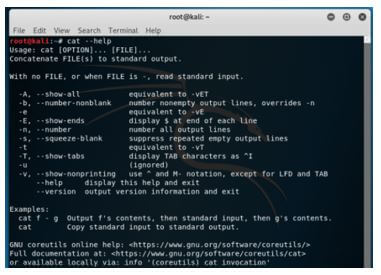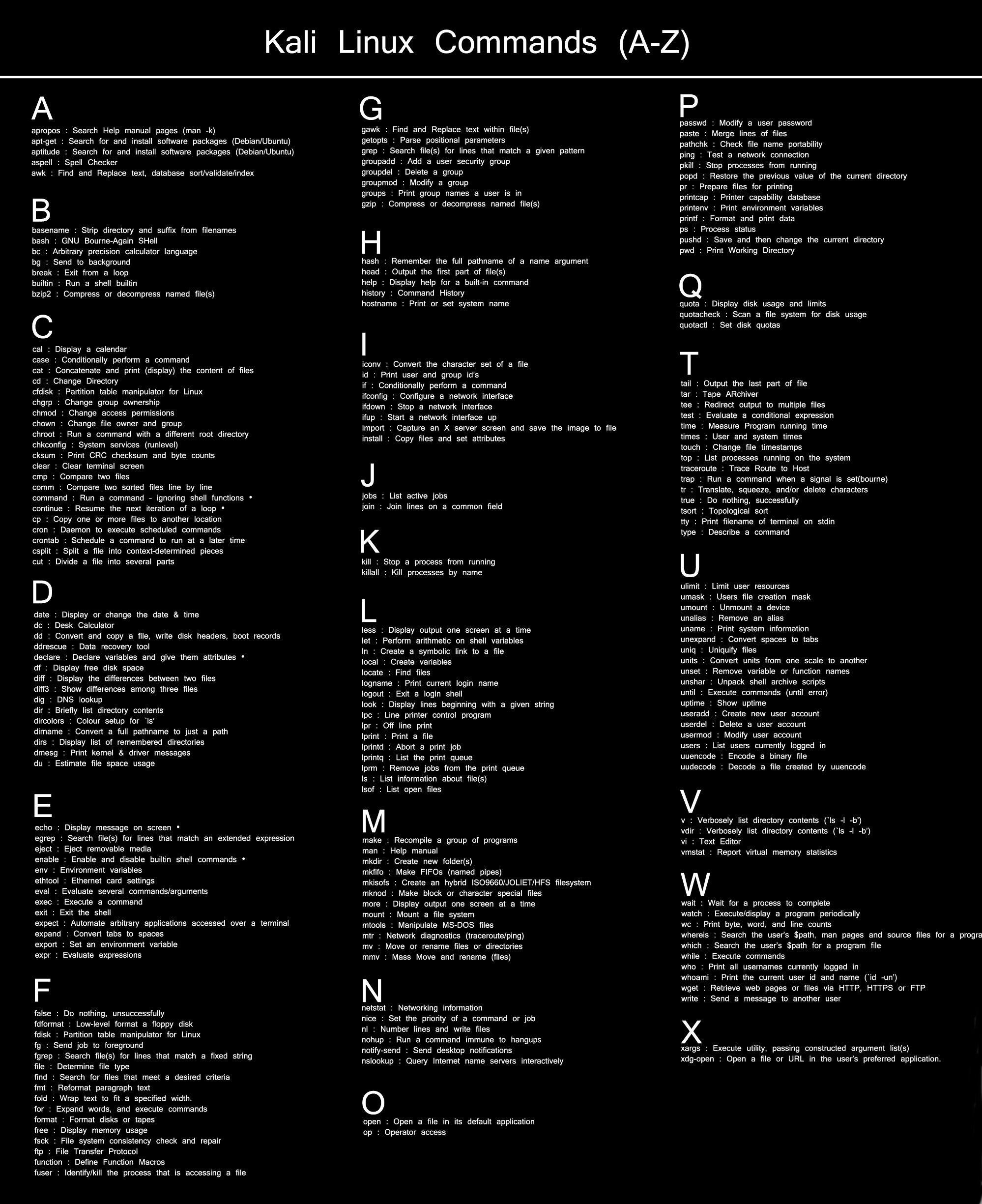
The first block describes the file type (if the first column is a “d” the item is a directory, and if it is a “-”, it is a normal file) and permissions. This view gives us plenty of information. This command displays the directory that you are currently in:ĭrwxr-xr-x 2 root root 4096 Sep 24 19:11 applicationsĭrwxr-xr-x 6 root root 4096 Oct 9 18:16 apportĭrwxr-xr-x 2 root root 4096 Oct 9 18:15 aptĭrwxr-xr-x 4 root root 4096 apt-xapian-index To find out where your home directory is in relation to the rest of the filesystem, you can use the pwd command. It is the location in the filesystem where you have full dominion. A home directory is a directory set aside for your user to store files and create directories. When you log into your server, you are typically dropped into your user account’s home directory. Finding Where You Are with the “pwd” Command You will review the tools that allow you to do this in this section. The most fundamental skills you need to master are moving around the filesystem and getting an idea of what is around you. When you are ready to begin, connect to your Linux server using SSH and continue below. You can learn how to configure this type of user account by following your distribution’s initial server setup guide, such as for Ubuntu 22.04. This guide covers an introduction to the terminal.Īll of the material in this guide can be accomplished with a regular, non-root (non-administrative) user account. You will also want to have an understanding of how the terminal works and what Linux commands look like. If you need information about connecting to your server for the first time, you can follow our guide on connecting to a Linux server using SSH. In order to follow along with this guide, you will need to have access to a Linux server. This terminal will introduce some fundamental skills for using these commands. Cloud servers mostly use the same common Linux shells, and common Linux commands, for working with files and folders.


Navigating and manipulating files and folders in the filesystem is a key part of working with most computers.


 0 kommentar(er)
0 kommentar(er)
